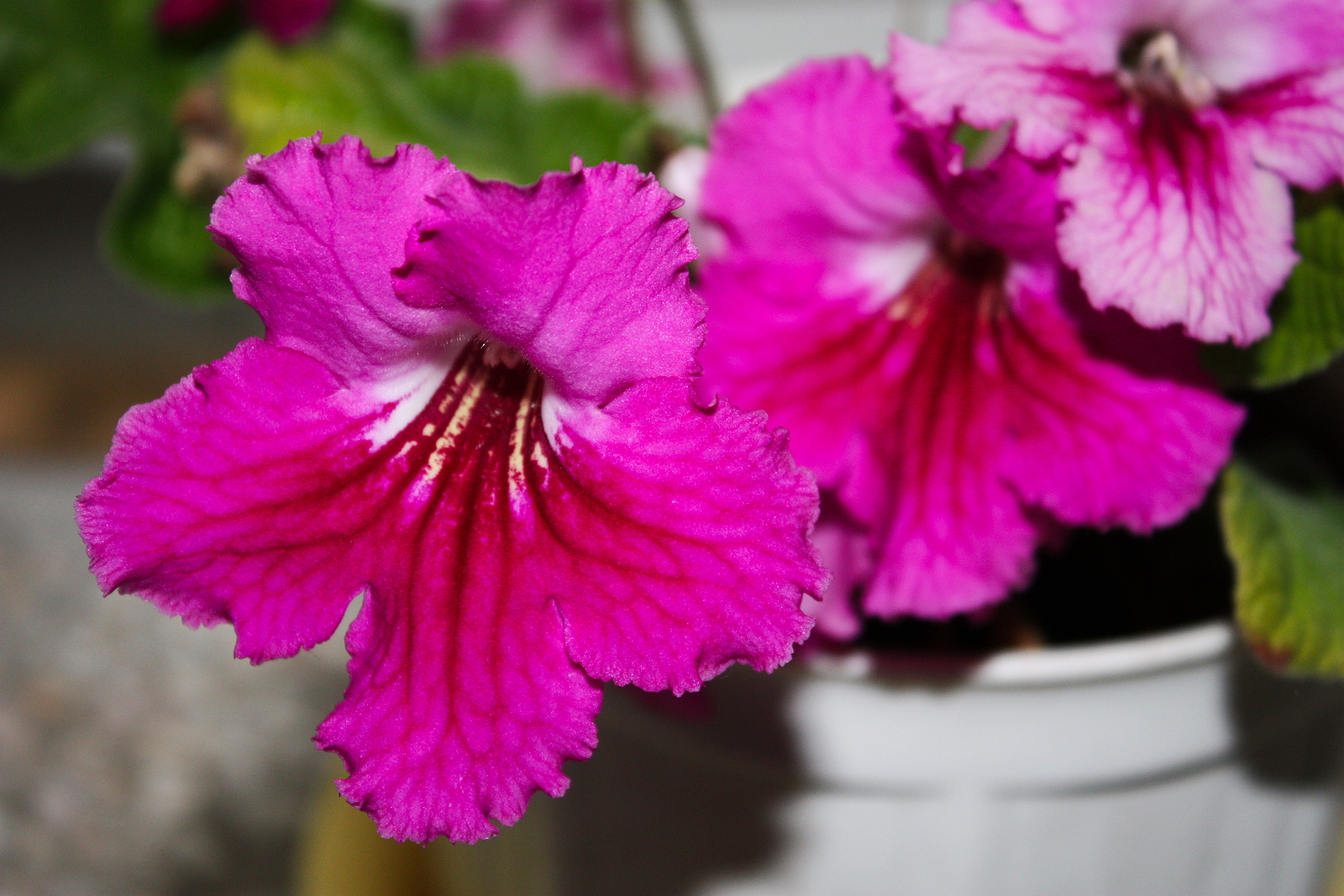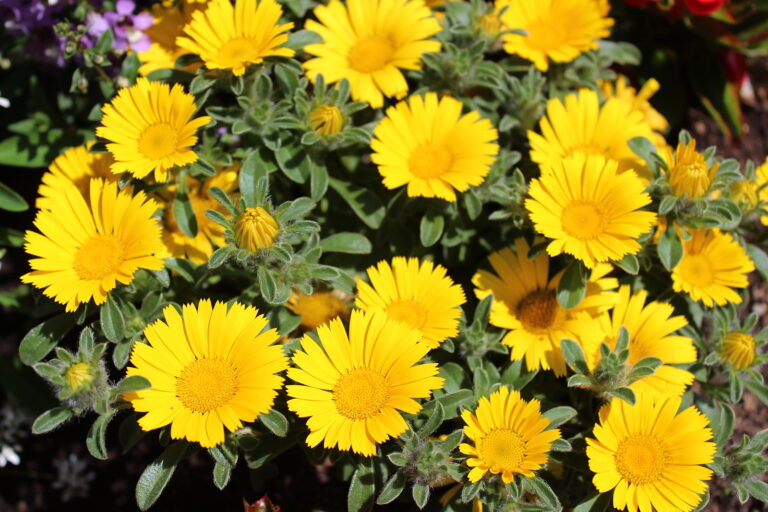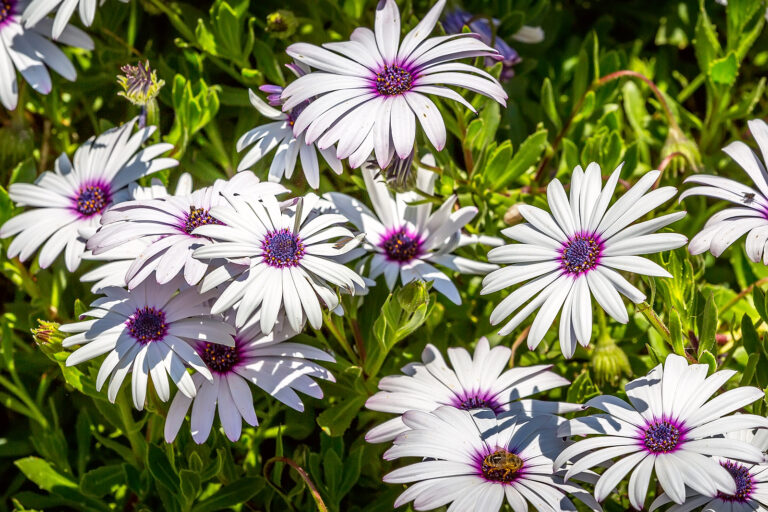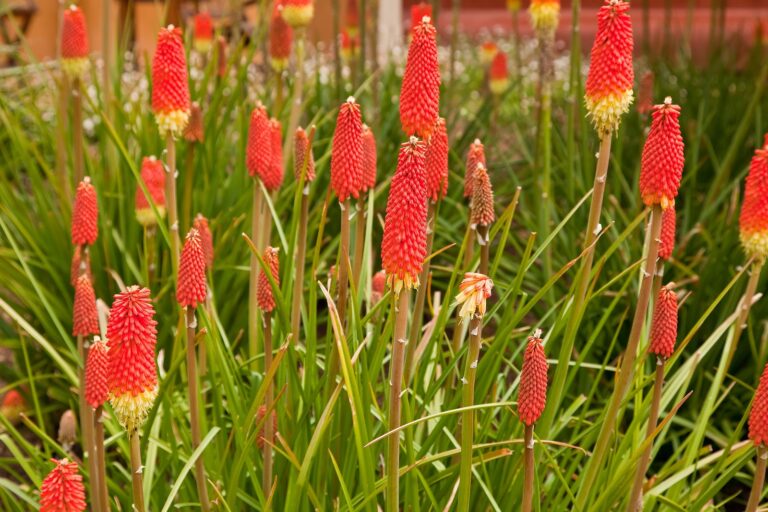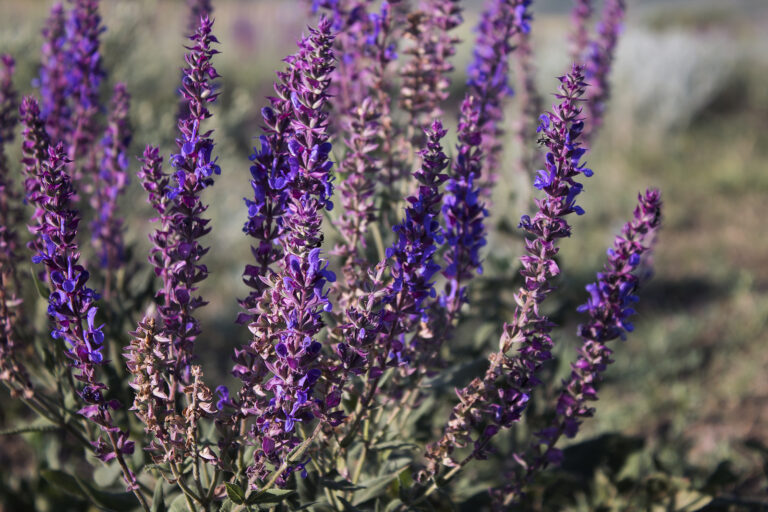How to Grow Hardy Gloxinia — Incarvillea
Incarvillea is commonly known as hardy gloxinia, but this plant is not related to gloxinias; it’s more closely related to trumpet vines such as Bignonia and Campsis.
Incarvillea produces showy trumpet-shaped flowers in long, spike-like clusters. Summer flowers appear above bold deep green leaves that are pinnately divided.
Incarvillea is a colorful addition to perennial borders or large rock gardens. It is easily grown in containers as long as the root is not disturbed.
From seed Incarvillea takes two to three years to bloom.
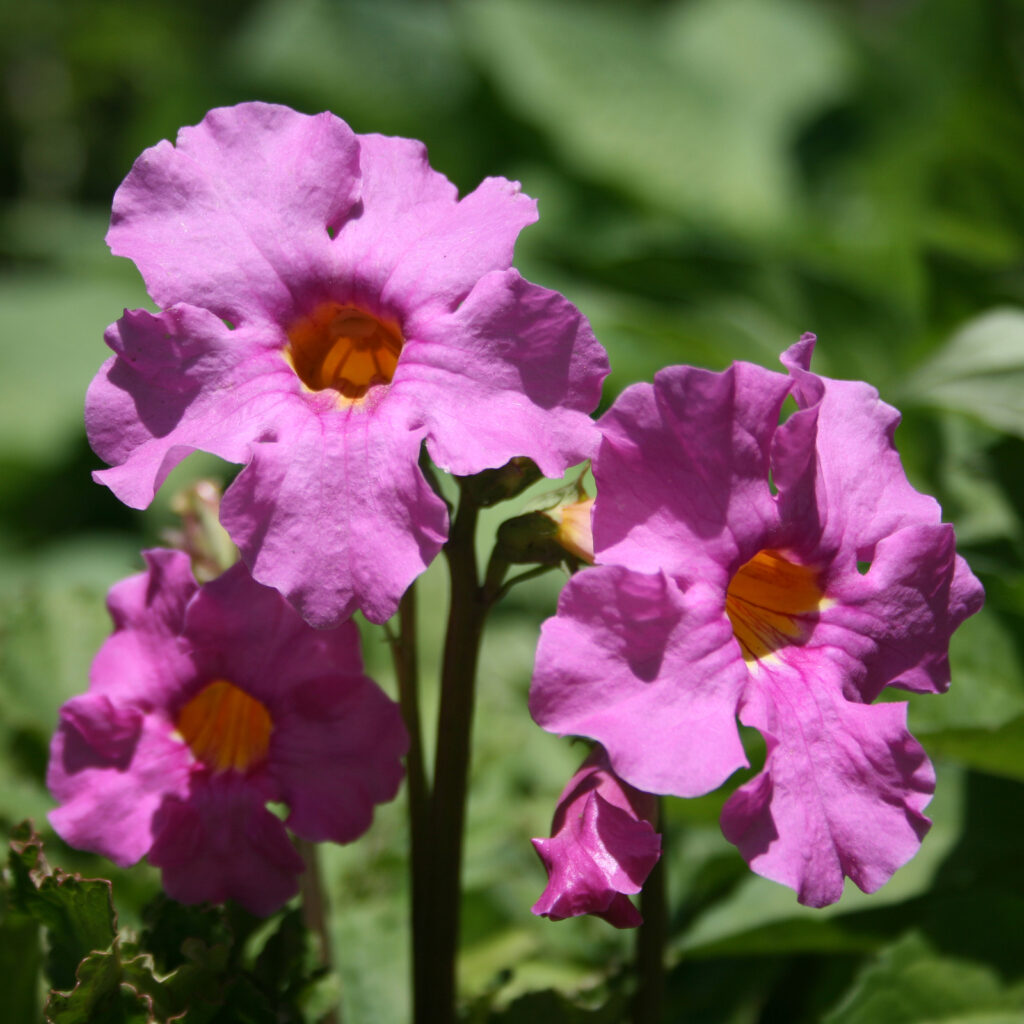
Get to know Incarvillea
- Plant type: Perennial
- Growing zones and range: Zones 6 to 10
- Hardiness: Dies back in winter; protect roots from cold by mulching over them.
- Height and width: Plants grow 12 to 24 inches (30-61cm) tall and about as wide; some species grow taller.
- Foliage: Leaves are divided in a featherlike, pinnate, fashion.
- Flowers: Racemes or panicles of tubular two-lipped flowers with five spreading lobes or petals
- Bloom time: Summer
- Uses: Perennial borders or large rock gardens
- Common name: Hardy gloxinia
- Botanical name: Incarvillea
- Family name: Bignoniaceae
- Origin: High elevations of India, Tibet, and China
Where to plant Incarvillea
- Plant Incarvillea in full sun that is shaded during the hottest part of the day.
- Plant Incarvillea in humus-rich, well-drained soil that is deep. Incarvillea grows a long taproot.
- Plant Incarvillea where it will not be disturbed. Incarvillea reacts poorly to transplanting.
When to plant Incarvillea
- Set Incarvillea in the garden in spring.
Planting and spacing Incarvillea
- Set Incarvillea roots in the garden in spring; set the crowns 1 inch (2.5cm) below the soil surface. Handle roots carefully; they are brittle and break easily.
How to water and feed Incarvillea
- Keep the soil evenly moist, but not wet.
- Fertilize Incarvillea with an all-purpose organic fertilizer in spring.
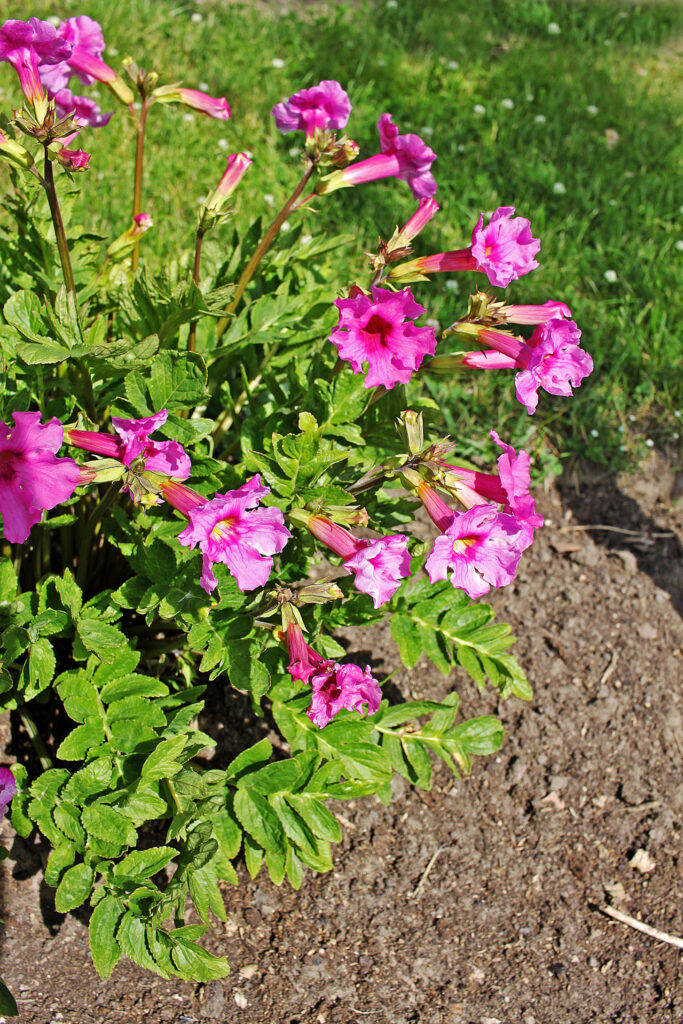
Incarvillea care
- Mulch over Incarvillea in late autumn to protect roots from winter cold.
- Grow Incarvillea in containers where winter are very cold.
- Overwinter container-grown Incarvillea in a cool location at about 45°F (7.3°C).
Incarvillea pests and diseases
- Young plants may be attacked by slugs or snails.
Incarvillea propagation
- Incarvillea can be propagated by seed, clump division, or by rooting shoot cuttings of stems that root at the base of the plant in spring.
- Sow seed in autumn and overwinter in a cold frame; pot up seedlings when they have their first true leaves. Flowers appear 2 to 3 years after seed sowing.
Incarvillea varieties to grow
- Incarvillea arguta: Species that grow to 5 feet (1.5m) tall and can become shrubby; stems may flop; flowers in summer bear clusters of p to 20 rose-pink flowers.
- I. dekavayi: Best-known and most widely grown Incarvillea; leaves from the base of plant grow to 12 inches (30cm) long; rose-pink flower clusters rise above the foliage in an elongated spikelike cluster; there is also a white cultivar.
- I. mairei: Plants grow to 12 inches (30cm) tall and bears clusters of purple-crimson flowers with yellow throats.
- I. olgae: Plant grows to 18 inches (45cm) tall and bars mid pink flowers with a pale throat on tall spikes.

